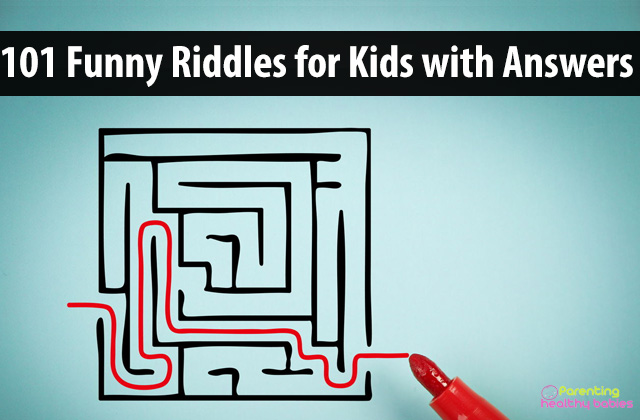Things to remember while using CPAP masks are preventing snoring, avoiding claustrophobia, getting a good CPAP mask seal, overcoming the noise of CPAP masks, preventing mask air, and preventing skin irritation.
Continuous positive airway pressure (CPAP) treats obtrusive sleep apnea using a mask and hose for delivering constant air pressure steadily. Difficulties happen commonly while using CPAP masks, especially when you begin treatment. As you get habituated to the therapy, you can likely overcome these problems. Here are things to remember during CPAP therapy.
Top 11 Tips for Sleeping with a CPAP Masks
Preventing Snoring while Using CPAP mask
If you snore during CPAP treatment, it isn’t working. CPAP equipment functions like an invisible splint keeping open the airway to prevent the noise from its soft tissues.
- If you snore during therapy, ask the physician to increase the CPAP pressure.
- Check the data results of your night’s sleep and observe your AHI. If the AHI is mostly above 5, the CPAP machine isn’t at the correct pressure as per your requirements.
- You may switch to an APAP machine which automatically adjusts its pressure as your breathing changes throughout the night.
Avoiding Claustrophobia from CPAP mask
You can overcome claustrophobia from CPAP mask as follows:
- Every CPAP mask has vent holes for carbon dioxide. Locate these holes on your mask. They prevent suffocation from blockage of airflow from your machine. Try breathing while wearing the mask even when your machine isn’t running.
- Claustrophobia may happen at the beginning of treatment. Wear your mask casually around your house. By habituating yourself to wear it, you can comfortably use it.
- Avoid full face masks or those blocking your field of vision. You might feel boxed in and uncomfortable. Use nasal pillow masks with a wider field of vision without covering your nasal bridge.
Getting a Good CPAP Mask Seal
If your mask has leaks and insufficient seal, try the following:
- Tighten your mask to stop the leaks without hurting yourself.
- Invest in a mask liner that absorbs oil from your face, improving CPAP comfort and seal.
- Leaning against pillows may exert pressure on your mask and break the seal. Use CPAP pillows with cut-out contours for supporting the mask, reducing the risk of breaking the seal.
- If none of these work, you might get a different mask without such issues. Mask leaks occur more as pressure rises and your mask can’t fit your facial contours correctly.
Overcoming the Noise of CPAP Masks
The noise from CPAP masks mostly comes from exhalation vents of carbon dioxide. You can get rid of the noise as follows:
- Get quiet mask models which easily make you fall and remain asleep.
- Tighten the straps and adjust your mask on the face to make it quieter by minimizing leaks that create noise.
Preventing Mask Air from Blowing into Eyes
The released carbon dioxide from your CPAP mask may blow out through the sides of your cheeks to your eyes.
- Try adjusting your mask to change the angle of the air away from the eyes.
- Leaks may be the real cause. So try a mask liner for improving the seal and reducing the leaks.
Preventing Skin Irritation from CPAP Masks
If your mask is too tight, it might leave irritating red marks on the face.
- Try to loosen its straps if possible. If loosening them breaks the seal of your mask, you should probably get a new mask with minimal touch points on your face and forehead.
- Few masks not only minimise touch points on your face but also promote your field of vision.
Remembering when You’re Removing Your CPAP mask at Night
When you are adjusting to a new mask, you might wake up at night due to leaks or shift in position and, remove your mask. If you take off the mask in the middle of the night, you’re deprived of the complete benefit of your therapy.
- You may tighten your mask or use mask liners to prevent waking up because of leaks.
- The best way is to try to keep wearing your mask despite your initial difficulties in the adjustment period. This can help you stick to your treatment.
Relieving Sore Throat from CPAP
You may experience a sore throat or your mouth and nose may dry up due to your CPAP therapy.
You can use a CPAP humidifier during the therapy for adding back moisture to the air you’re breathing. Humidification will reduce the dryness and soreness caused by the CPAP machine.
Addressing CPAP Nasal Congestion
Nasal congestion may make breathing difficult, mainly if you use nasal masks. You can overcome your problems with nasal congestion in the following ways:
- Aggressively treat your nasal allergies to cure sinus troubles and easily breathe through the nose. You may use various types of antihistamines and nasal sprays to resolve CPAP nasal congestion.
- A heated humidifier can relieve nasal congestion by opening up and comforting your nasal passages.
Avoiding Getting Sick from CPAP Masks
Improper sanitization of your CPAP mask after a cold can cause sinusitis. When not sanitised completely, germs can grow on your mask or nasal pillows, making you sick again. You may use water and mild soap but they cannot do complete sanitization.
- Strong disinfectants like Control III Disinfectant (used in sleep laboratories and hospitals) can perform adequate sanitization.
- Also, CPAP cleaners such as Lumin can disinfect your mask completely with UV light, destroying all the germs within 5 minutes.
Overcoming Mouth-Breathing while Using CPAP masks
Mouth-breathing may be hard to stop as it’s difficult to understand its reason. The nose moistens and warms the air and filters out the allergens and dirt along its passage. So you’re supposed to breathe through your nose. Mouth-breathing fails to filter the air, causing a sore throat. It may happen when your nose is clogged.
Try using a chin strap that holds the mouth shut during your sleep, forcing you to breathe through the nose.
Conclusion
The key to overcoming the problems of CPAP therapy is to adjust and get used to your CPAP mask and other equipment. Follow the other necessary measures too. In the end, you’ll benefit a lot from its remarkable results.
Reference
https://www.mayoclinic.org/diseases













